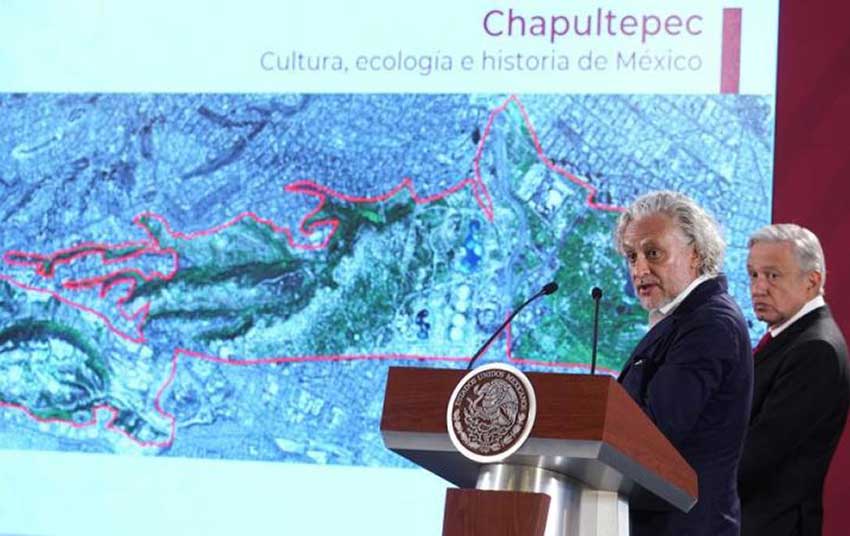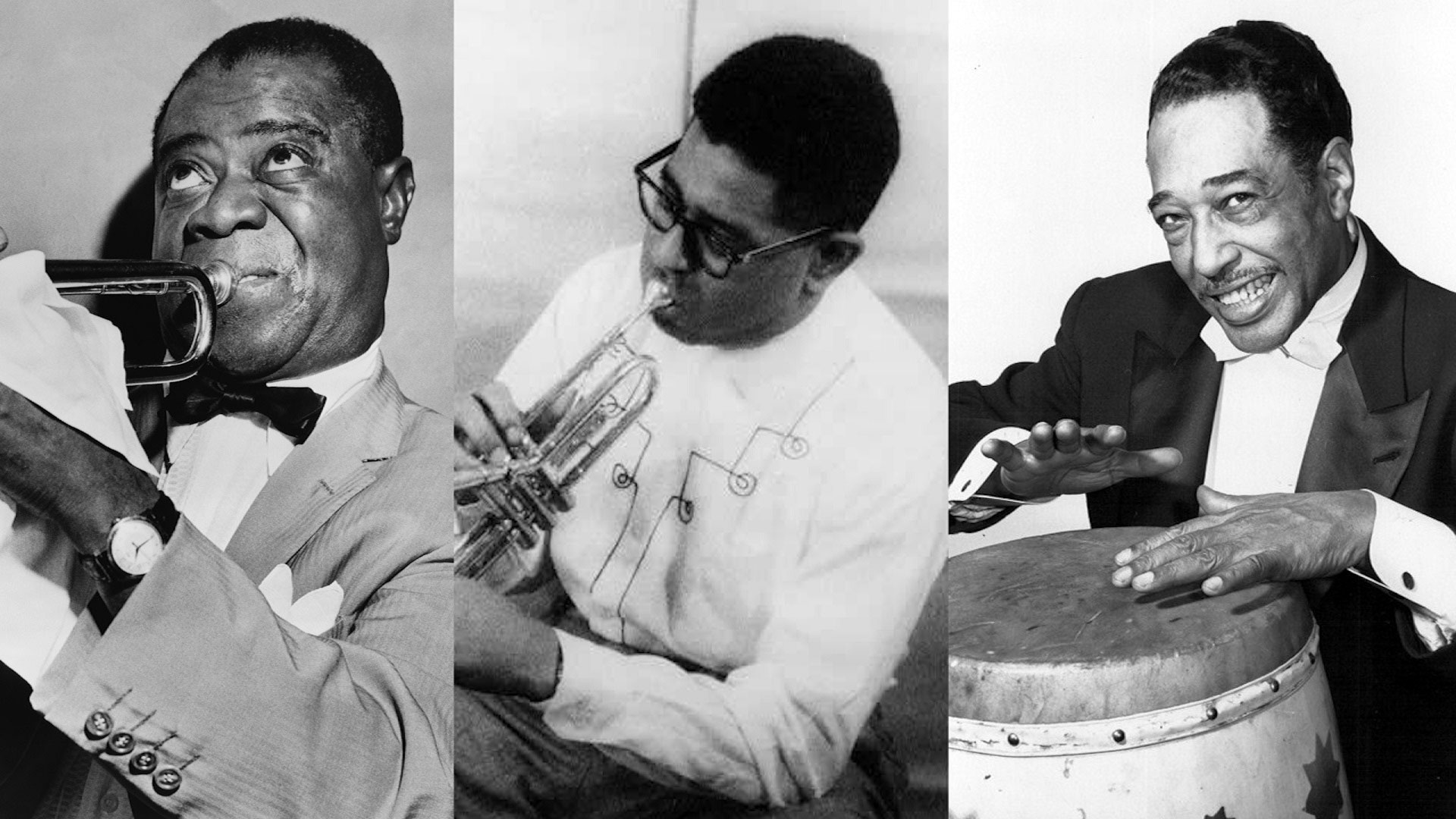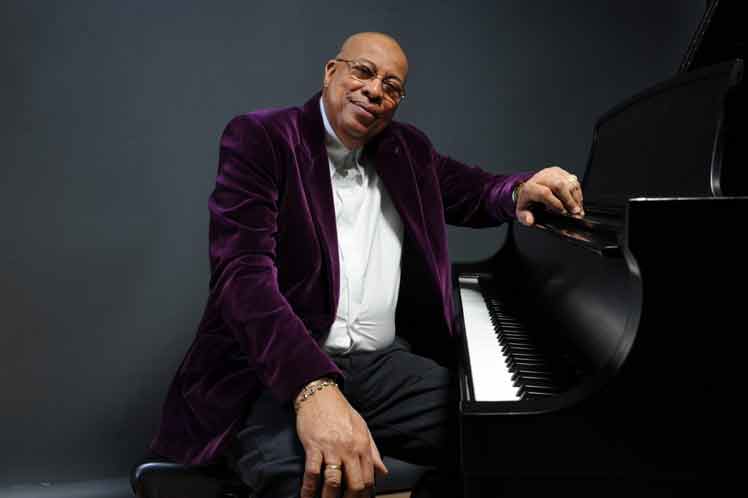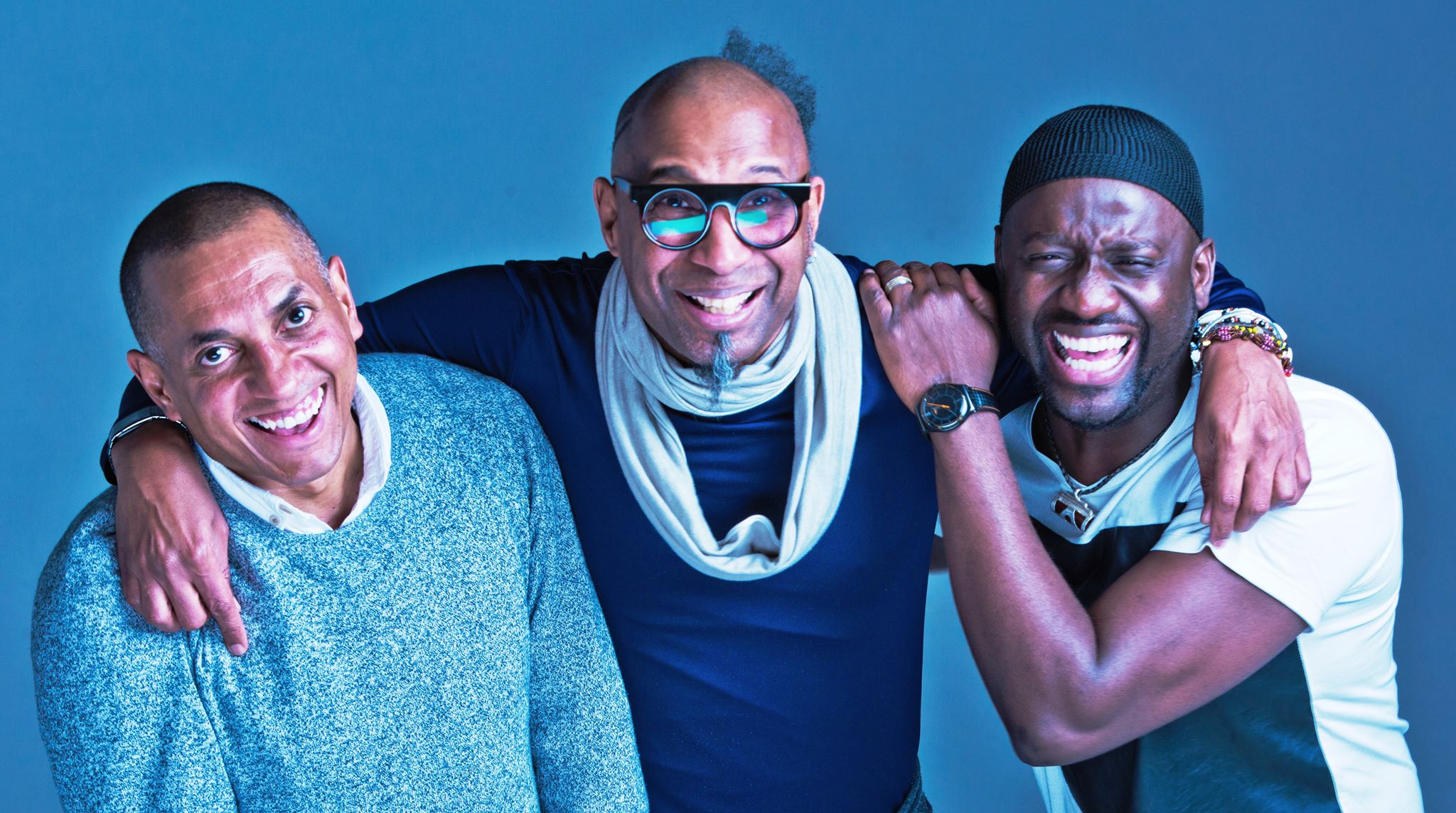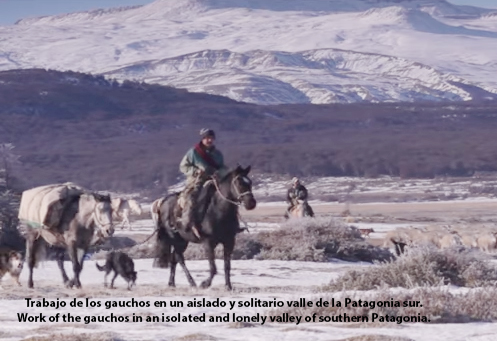‘I still don’t favor giving up on liberty for a false sense of security’
by Adan Salazar
Rand Paul blasted government-mandated vaccinations Tuesday, arguing liberty should not be sacrificed for a false sense of security.
Speaking at a Senate Health Committee meeting, Paul defended the rights of Americans to opt out of vaccinations due to the fact there are documented risks associated with some vaccines.
“I’m not a fan of government coercion, yet given the choice I do believe the benefits of most vaccines basically outweigh the risks,” Paul stated, admitting he and his family are regularly vaccinated.
But he went on to point out there are risks when one chooses to vaccinate, and referred to the government’s vaccine injury compensation program as verifiable proof that sometimes vaccines can lead to injuries.
“It is wrong to say that there are no risks to vaccines. Even the government admits that children are sometimes injured by vaccines.”
“Since 1988 over $4 billion has been paid out from the Vaccine injury compensation program. Despite the government admitting to and paying $4 billion for vaccine injuries, no informed consent is used or required when you vaccinate your child. This may be the only medical procedure in today’s medical world where an informed consent is not required.”
Sen. Paul also highlighted the flu vaccine manufacturer guessing game when it comes to predicting the next year’s flu strain, including the fact that they often guess the wrong strain.
“…[T]he current science only allows for only educated guessing when it comes to the flu vaccine. Each year before that year’s strain is known the scientists put their best guess into that year’s vaccine. Some years it’s completely wrong – we vaccinate for the wrong strain of flu vaccine. Yet five states already mandate flu vaccines. Is it really appropriate to mandate a vaccine that more often than not vaccinates for the wrong flu strain?”
Sen. Paul concluded that the debate over compulsory vaccination basically boils down to the personal liberty argument put forth by Founding Father Benjamin Franklin, who once famously stated, “Those who would give up essential Liberty, to purchase a little temporary Safety, deserve neither Liberty nor Safety.”
“As we contemplate forcing parents to choose this or that vaccine,” Sen Paul said, “I think it’s important to remember that force is not consistent with the American story, nor is force consistent with the liberty our forefathers sought when they came to America.”
“I don’t think you have to have one or the other, though. I’m not here to say don’t vaccinate your kids. If this hearing is for persuasion I’m all for the persuasion. I’ve vaccinated myself and I’ve vaccinated my kids. For myself and my children I believe that the benefits of vaccines greatly outweighing the risks, but I still don’t favor giving up on liberty for a false sense of security.”
Paul’s remarks came at the start of a hearing over growing concerns that people who refuse immunizations are aiding the spread of vaccine-preventable diseases.





